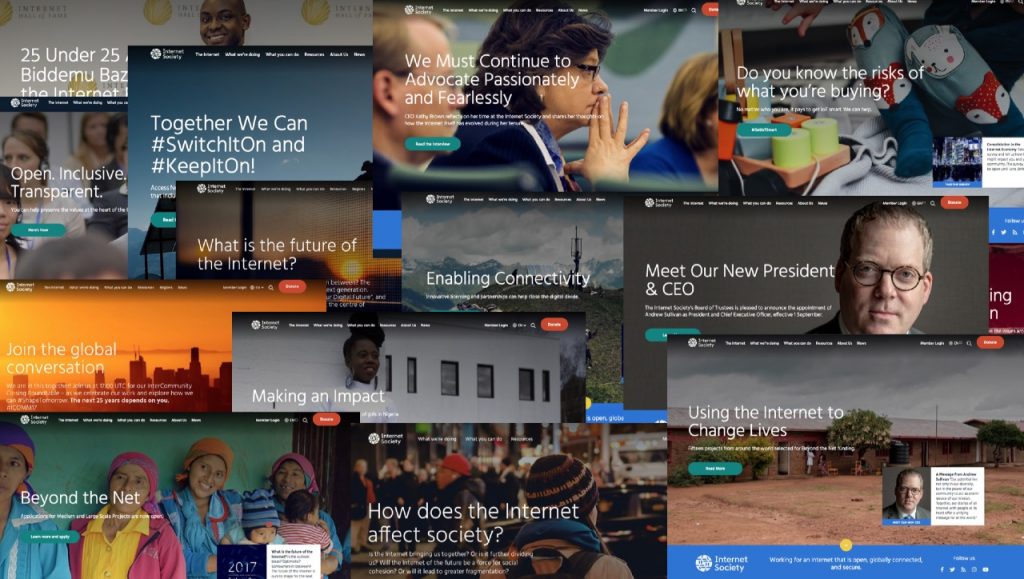0
Lenovo, NetApp team up vs. Dell EMC, HPE on storage
Lenovo and NetApp's storage alliance, joint venture in China, and new series of all-flash and hybrid flash products announced at Lenovo's Transform event, put them both in a much stronger position in the data center against rivals Dell EMC and HPE.The storage offerings include two familes, each subdivided into all-fash and hybrid -flash products, jointly developed by Lenovo and NetApp and available now worldwide. Several of the products support NVMe (non-volatile memory express), the extremely fast communications protocol and controller able to move data to and from SSDs via the PCIe-bus standard. NVMe SSDs are designed to provide two orders of magnitude speed improvement over prior SSDs.To read this article in full, please click here






 Virtualization is the key to making new 5G use cases a reality, according to top tech chiefs at U.S. wireless operators.
Virtualization is the key to making new 5G use cases a reality, according to top tech chiefs at U.S. wireless operators. The company claims its cloud storage costs less than one-fifth the price of Amazon S3 and is more than six times as fast.
The company claims its cloud storage costs less than one-fifth the price of Amazon S3 and is more than six times as fast.